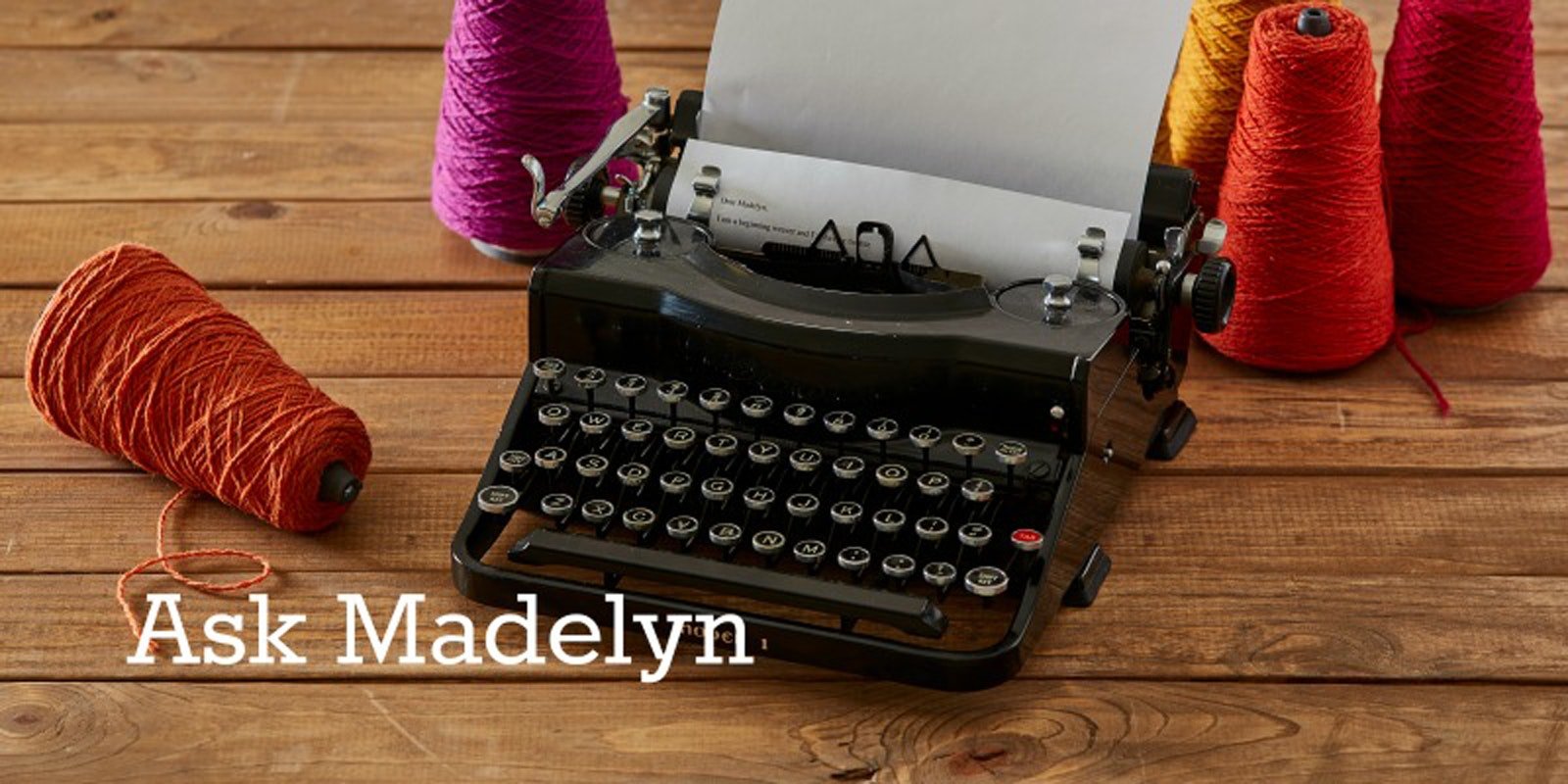Dear Madelyn,
I have woven the 8-shaft scarf, Pacific Waves, in Tencel and Bamboo (Handwoven, March/April 2012, page 56). I washed the scarf as directed, and most of the scarf formed pleats as expected but the center parts of the last 12 inches on each end did not pleat. What would cause this to happen?
––Jacqueline
Hi, Jacqueline!
The Pacific Waves scarf is intended to form pleats because of the adjacent warp stripes of 8 threads weaving 3/1 twill alternating with 8 threads weaving 1/3 twill. Most loom-produced pleated scarves are woven using this principle. The threads weaving 3/1 twill tend to form a curve upward and the threads weaving 1/3 twill end to move downward. While one might be lucky and just throw the scarf in the washing machine and have it come out with perfectly formed regular pleats, that hasn't ever been my experience.
The most important overall factor is consistency of everything: consistency of beat throughout the weaving and consistency of treatment in the washing machine. It's possible that a front loader might provide more consistency than a top loader, but it is a known problem with top loaders that fabrics often finish differently on the ends than they do in the body of the fabric, usually splaying out at the ends. For this reason, when people weave yardage, they often sew the ends together to make a tube to prevent the ends from moving differently from the rest in the machine. I always tie the twisted fringe at both ends of a scarf together (using sewing thread to tie the tails of a wool fringe together so that I can cut off the part I tied together if they full to each other).
I notice also that the instructions for The Pacific Waves scarf call for weaving 2 picks of plain weave and hemstitching at each end. I would have hemstitched over the twill interlacement and skipped plain weave altogether. Even for those 2 picks, plain weave is pushing the threads into a flat plane and that might have been a small factor in your results (you would have noticed that even when you took it off the loom).
Note that washing scarves by hand might also help guarantee consistency of treatment: you can carefully agitate all parts of the scarf evenly. I'd still secure the ends together, however. In addition, after I remove the scarf from the washing process, whatever it is, I place the scarf on a flat surface and encourage the pleats by pulling on the fringes on each end and let dry to set the pleats rather than throwing the scarf in the inpredictable dryer.
––Madelyn

